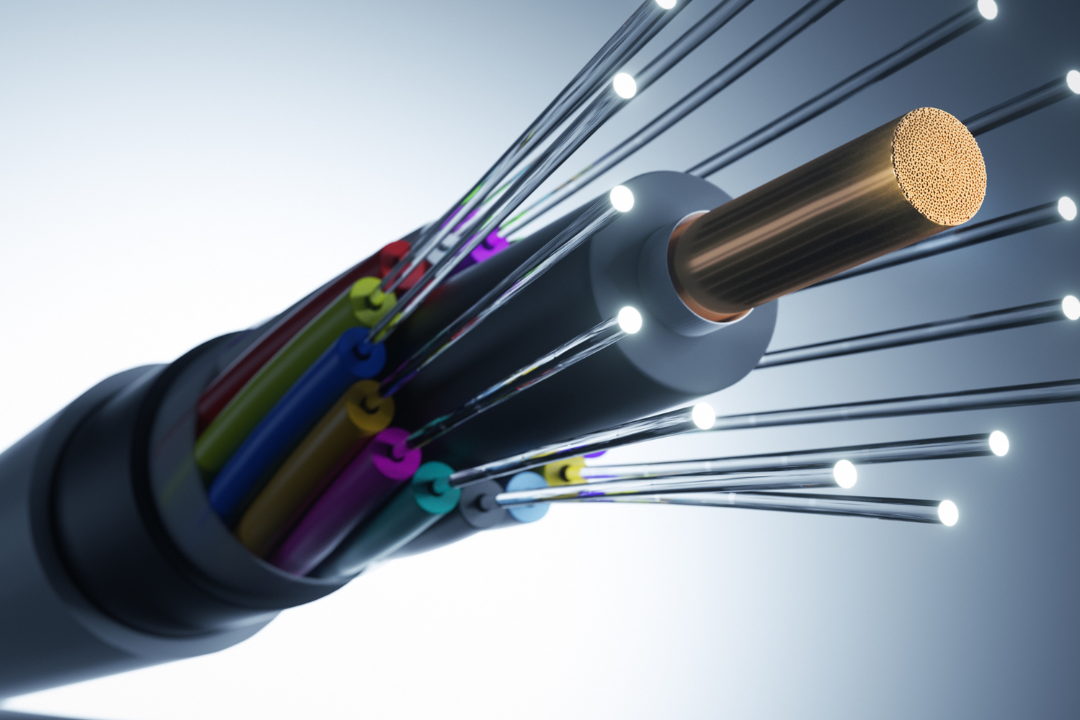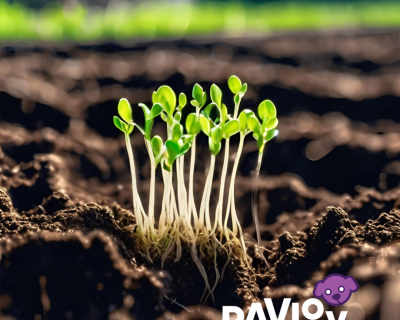
Fiber-Optic Internet 101
While it is true that new technological advancements are produced each year, it may come as a shock to some that the foundation of Internet networks dates back more than 50 years ago. These advancements have radically shifted all spheres of life, including employment, education, and home life. With this ever-changing technology, we consume so much information that sometimes our networks can’t keep up. Fiber-optic Internet offers a solution with a network where users can access all of their devices quickly, safely, and dependably.
The Different Types and Functions of Internet Service Providers
There have been and still are a variety of online Internet service providers. Dial-up and DSL have become less common in recent years but are still used in some households. The two primary types of Internet service providers that connect from an Internet Service Provider to your home are cable and fiber. While most providers offer a connection to your home or business, each one has its own set of unique qualities. Cable Internet utilizes copper wires that send electrical signals to transmit information. Fiber Internet, on the other hand, uses glass cables to transmit light pulses, allowing data to be transmitted faster than the other technologies.
The Origins of Fiber Internet and Its Security
Fiber-optic Internet has been utilized to steadily increase the speed and range of communication through the Internet since the 1970s. Fiber-optic technology, initially used for telecommunications intra-continentally, has expanded by linking multiple nations through fiber-optic cables stretching over the ocean floor. This technology uses glass cables that are placed underground to allow for additional protection against the elements, human error, and theft. These glass cables make it harder for data thieves to utilize “crimping,” a process that creates holes in cables to steal packets of information. If someone tries to steal information with fiber Internet, the cable breaks, ultimately protecting your information.
With the technological surge we experienced from the Internet and social media, a faster and safer Internet has become necessary. Fiber-optic Internet has matched this pace and continually expanded its capabilities to fit ever-evolving consumer needs.
The Real Speed Behind Fiber Internet
One of the key differences between these Internet service providers is how quickly you can send (upload) and receive (download) information. Some average speeds are listed below:
- Dial-up Internet: ~56 Kbps for both download and upload speeds.
- DSL Internet: ~1-100 Mbps download speed and 20 Mbps upload speed.
- Cable Internet: ~940 Mbps download speed, and 50 Mbps upload speed.
- Fiber Internet: ~940 Mbps for both download and upload speed.
To put this in perspective of your own household, according to Century Link, the list below is how long it would take different Internet providers, on average, to download a large media file such as a CD, which is around 6.5 GB:
- Dial-up 11 days
- DSL 1 – 14 hours
- Cable 1 minute – 14 hours
- Fiber About 1 minute
The Reasons You Should Switch TODAY!
Internet technology has advanced greatly since the days of telecommunications and will continue for years to come. Fiber Internet providers, like Pavlov Media, enjoy staying on top of new developments and your rising connection needs. We want you to have secure access to the Internet, maintain connectivity, and get information more quickly and reliably.
At Pavlov Media, we have brought connectivity to cities around Central Illinois and several locations in Texas. If you reside in one of these areas, you may have seen our staff members at work in your neighborhood getting the site ready for drilling and installation. Our team will run these cables through the ground and directly into each home to guarantee that your area has the best connection. Be sure to scan the QR code on the side of the vans to sign up for our Interested List. When fiber Internet becomes accessible in your area, you will be the first to know and be able to switch as soon as it does!




